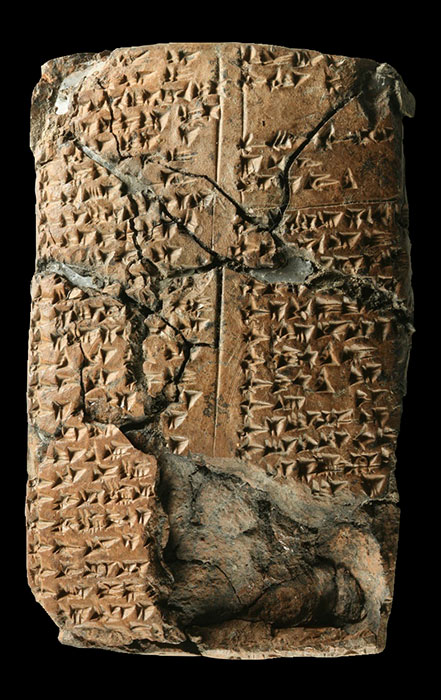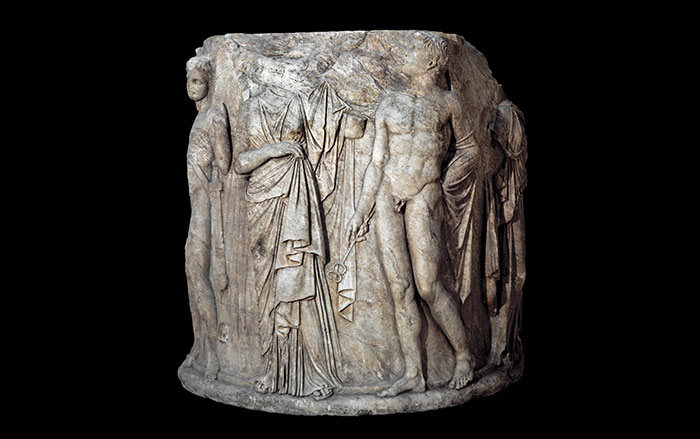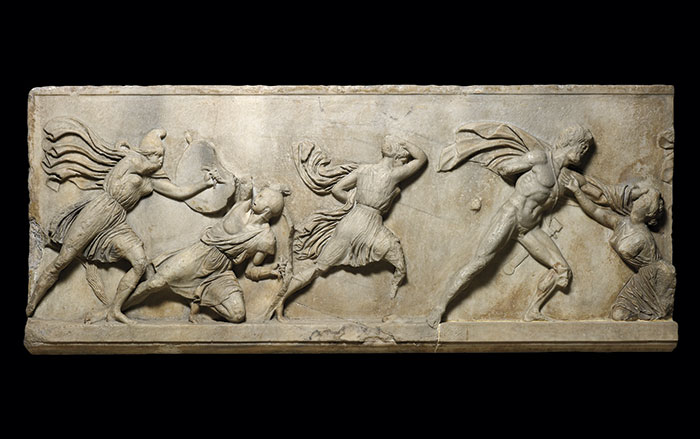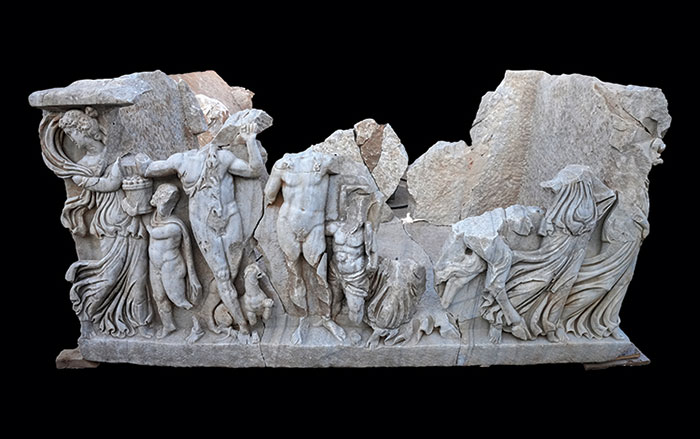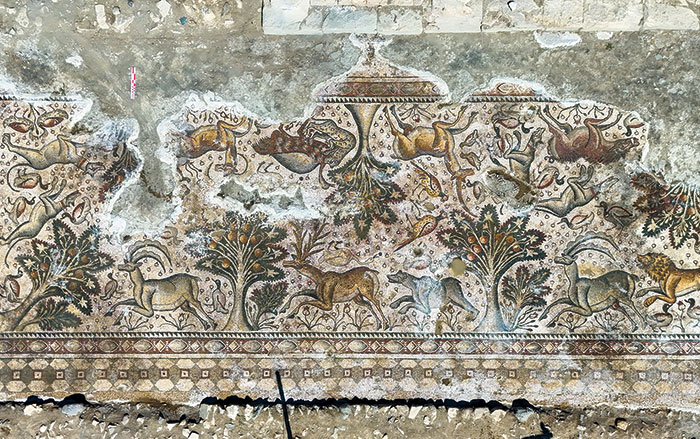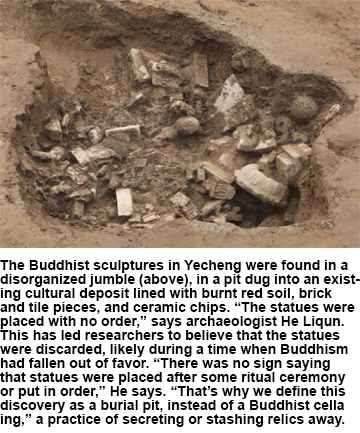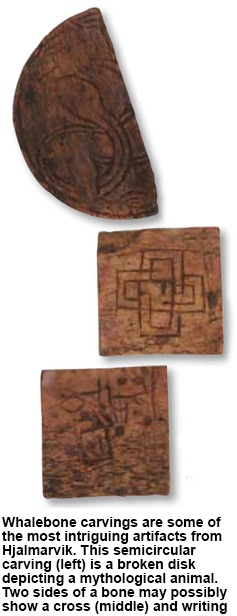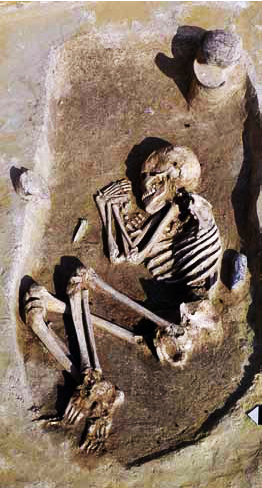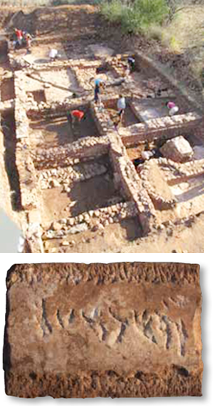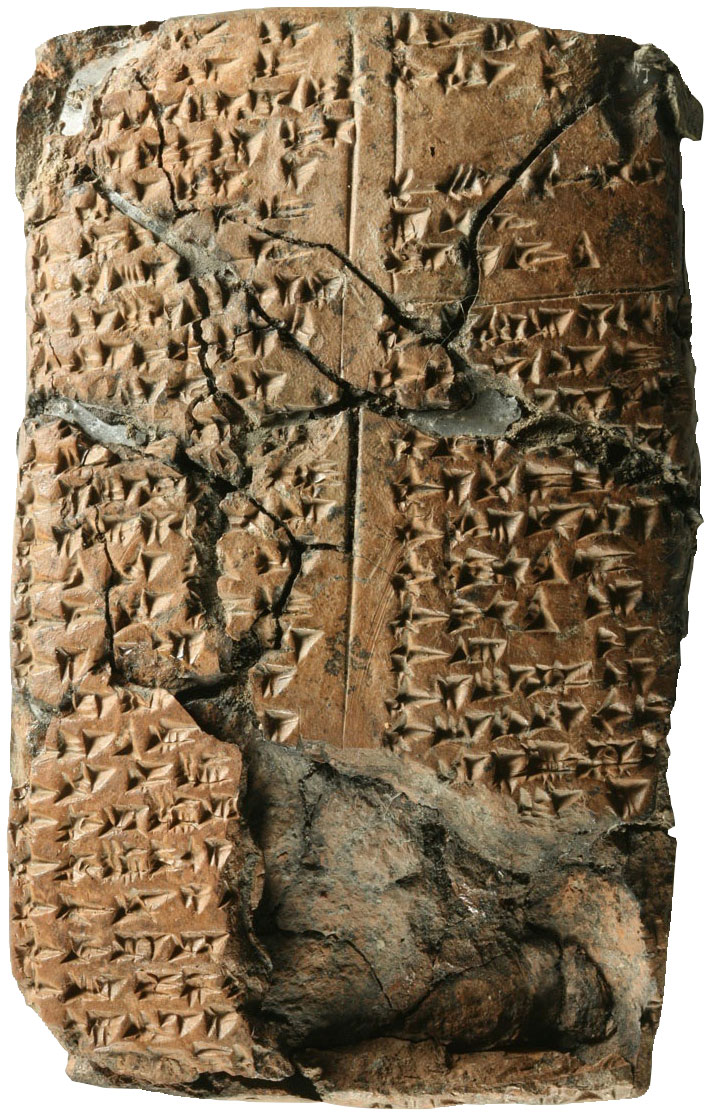
What is it?
Inscribed clay tablet
Material
Clay
Date
8th century B.C.
Dimensions
3.3 x 5.5 inches
Found
Ziyaret Tepe, southeastern Turkey
Project
Ziyaret Tepe Archaeological Project, University of Akron
Currently Located
Diyarbakir, Turkey
At its height in the seventh century b.c., the Neo-Assyrian Empire stretched west to east from Egypt to Elam, a kingdom in southern Iran, and from Iraq in the south to the northern reaches of the Tigris River. Within this vast territory, more than a dozen languages were used by the conquerers and the conquered. Thanks to the discovery of a clay tablet at the site of the northern Assyrian frontier city of Tušhan, a previously unknown language has now been added to the list of those spoken by this powerful empire’s multiethnic population.
The tablet, which was found by Dirk Wicke of the University of Mainz in the throne room of the governor’s palace, contains at least 60 names. Epigrapher John MacGinnis of the University of Cambridge was able to identify these as be-longing to women. He did so by recognizing a symbol commonly used by several of the em- pire’s other languages to denote a woman’s name. Written using the same Neo-Assyrian script as other ancient languages, MacGinnis says that “at least 45 of the names, and likely more, clearly do not derive from any of the known languages of the ancient world.” MacGinnis thinks the new language was probably spoken by a population deported to Tušhan from the Zagros Mountains of western Iran.The presence of these women’s names on a document found so far from their homeland “not only will add a new component to our knowledge of the world’s languages,” says MacGinnis, “but also will give researchers information on the population of the Neo-Assyrian Empire that is available in no other way.”


